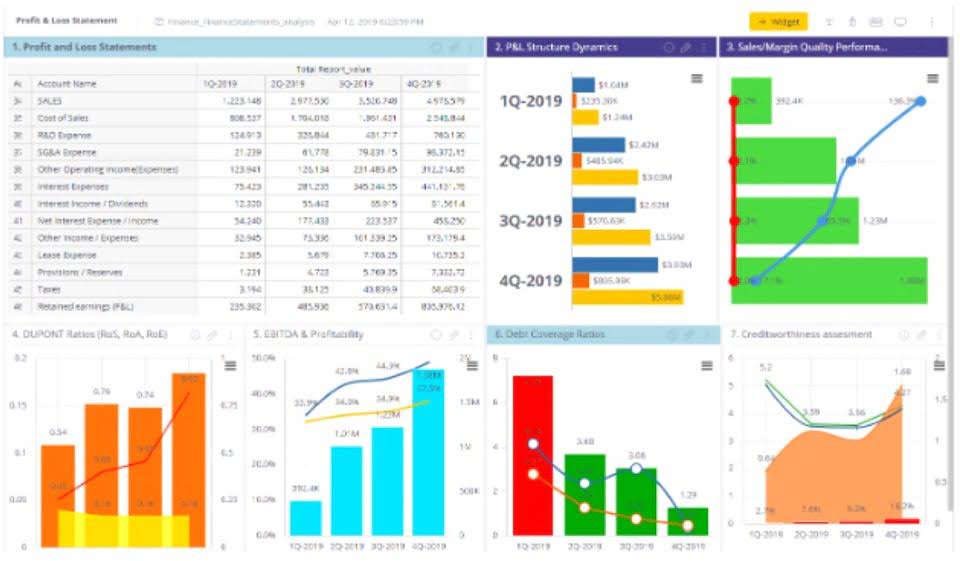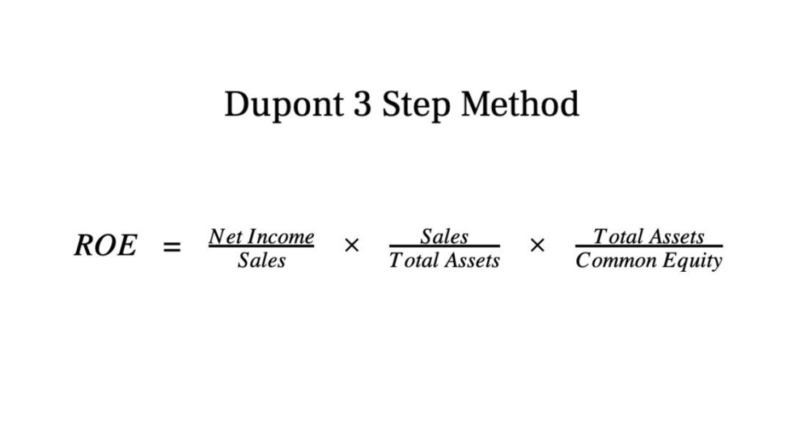
To avoid such errors, employing specialized accounting software that automatically performs calculations and verifies data accuracy can be invaluable in maintaining compliance and minimizing financial risks. As these technologies evolve, they promise to further tighten the net around such errors, providing peace of what is one way to check for an error caused by transposed numbers? mind for accountants and stakeholders alike. By incorporating these strategies into regular practice, businesses and individuals can significantly reduce the risk of transposition errors muddling their financial data. It’s about creating a culture of accuracy and verification that values the detection and correction of these seemingly minor errors that can lead to major headaches down the line. This involves meticulously going through the data and comparing it with the original source or previous records. While this approach may be time-consuming, it allows for a detailed analysis of the data, ensuring that all instances of transposition errors are identified.
What is one way to control for expectation errors?
Transposition errors, while seemingly minor, can have a profound impact on financial statements. These errors occur when two adjacent digits are inadvertently reversed, for instance, recording 64 instead of 46. Although a simple mistake, if undetected, it can lead to a cascade of inaccuracies across financial documents. The https://www.facebook.com/BooksTimeInc/ implications of such errors are not just numerical but also legal and reputational. From an accountant’s perspective, the precision of financial statements is paramount; they form the basis for decision-making, tax calculations, and reflect the financial integrity of an entity.
- On the other hand, if $1,823,000 were accidentally recorded as $1,283,000, the resulting $540,000 error is sure to have a profound financial ripple effect.
- By adopting these best practices and strategies, data analysts can effectively identify and correct transposition errors, enabling accurate and reliable numerical data analysis.
- Not only does this mistake result in lower wages for your employee, but it also leads to costly tax miscalculations.
- In this tragic case, the crew set the aircraft to descend at 3,300 feet per minute instead of the 3.3 degree angle they meant to enter.
- However, it is essential to choose a reliable OCR tool that offers high accuracy, especially when dealing with numerical data.
Do you already work with a financial advisor?
- Both the check and your bank statement will show $650, but your books show a $90 lower balance.
- Transposition errors are a common yet often overlooked mistake in accounting and data entry that can lead to significant discrepancies in financial statements.
- Therefore, understanding the impact of transposition errors is crucial in ensuring the integrity and reliability of numerical data.
- Embracing automation and digitization not only improves efficiency but also enhances accuracy, making it a favorable option in the world of transposition errors.
- Similarly, when dealing with handwritten data, the risk of misreading or misinterpreting numbers increases, particularly if the handwriting is unclear or illegible.
Similar to manual verification, visual inspection relies on human observation to identify transposition errors. However, this technique involves looking for visual patterns or anomalies that may indicate a transposition has occurred. For instance, if you are analyzing a spreadsheet and notice a sequence of numbers that appears out of order, it could be a sign of a transposition error.

How to find a transposition error

While seemingly simple, these mistakes can be notoriously difficult to detect, especially in large sets of data. The challenge lies not only in identifying these errors but also in implementing a systematic approach to correct them without disrupting the integrity of the entire dataset. From the perspective of an accountant, a data analyst, or a software developer, the approaches to tackle transposition errors can vary, yet the underlying principles remain consistent. After examining these case studies, it becomes evident that prevention is key to mitigating the impact of transposition errors.
Transposition errors are a common occurrence in numerical data analysis and can have significant consequences if not detected and rectified. These errors arise when digits or numbers are inadvertently switched or reversed, leading to inaccurate calculations and misleading results. In this https://www.bookstime.com/articles/do-i-need-a-personal-accountant section, we will delve into the intricacies of transposition errors, exploring their causes, impact, and potential solutions. Another effective strategy to mitigate the impact of transposition errors is the use of double-entry verification.
ways to avoid transposition errors

They underscore the importance of meticulous attention to detail in financial reporting and the need for robust checks and balances within accounting systems. By understanding the multifaceted impact of these errors, businesses can better safeguard against them and maintain the integrity of their financial statements. For example, a business may be saddled with an increased tax liability if the transposition error is large enough to slingshot that company into a higher tax bracket.
What are Transposition Errors?
- Data validation rules are built-in checks within software applications that ensure data integrity.
- While spell checkers and grammar checkers are primarily designed to detect language-related errors, they can also be used to identify transposition errors.
- Delta hedging is a sophisticated financial strategy used to mitigate the directional risk…
- These errors can lead to incorrect calculations, skewed trends, and erroneous conclusions.
- The accuracy of a trial balance is not just about numbers aligning; it’s about the trust stakeholders place in a company’s financial statements.
Understanding the causes and implementing appropriate solutions for transposition errors is crucial for maintaining data accuracy and preventing potential consequences. Enhancing data accuracy by effectively addressing transposition errors is crucial for organizations to make informed decisions and draw reliable insights. Detecting transposition errors in numerical data requires a combination of manual verification, statistical analysis, and the utilization of appropriate tools and techniques. While manual verification provides a fundamental approach, statistical analysis and data validation rules can enhance the detection process, especially for large datasets. Data comparison tools and OCR technology offer efficient and accurate alternatives, particularly when dealing with complex data structures or extensive document processing. Ultimately, the best option depends on the specific requirements and constraints of your data analysis tasks.
